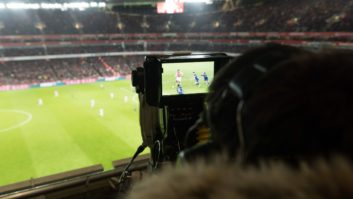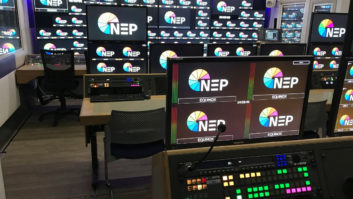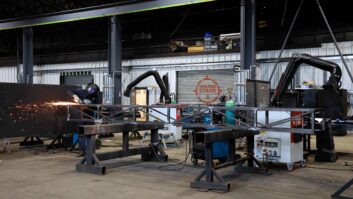The BBC has revealed it has reduced the latency of live video for viewers watching via iPlayer.
Viewers watching live streams on the BVoD platform often find it to be 80 – 120 seconds behind the TV broadcast.
The broadcaster has upgraded iPlayer to reduce this lag by 20 seconds, meaning viewers will now typically only be around 60 seconds behind the TV broadcast.
“What we’ve done now is replace these systems with newer ones, which take a shorter and more predictable amount of time to prepare each segment. That means we’ve been able to reduce the latency, while remaining confident viewers will still get a reliable, stable, uninterrupted viewing experience,” he added.
“This reliability of viewing experience has always been and remains our top priority, and is what has previously held us back from cutting latency. However, while keeping reliability as the top priority, there are still improvements we can make to reduce this 60-second lag even further.”
The BBC has also introduced what it calls ‘pseudo VoD’ to iPlayer, which reuses the live segments of video viewers see when watching live on iPlayer to create a temporary on demand video instead, which can be published as soon as the programme ends.
Previously, if viewers missed the end of a show they would have had to wait what the BBC calls “quite a long time” for the on demand version to become available. Now, those shows will be available much faster, within a matter of a few minutes of the show ending.
“This plugs the gap, while we work on processing the high quality on demand video as we did before, and once this is ready replace the temporary video,” added Webster.







